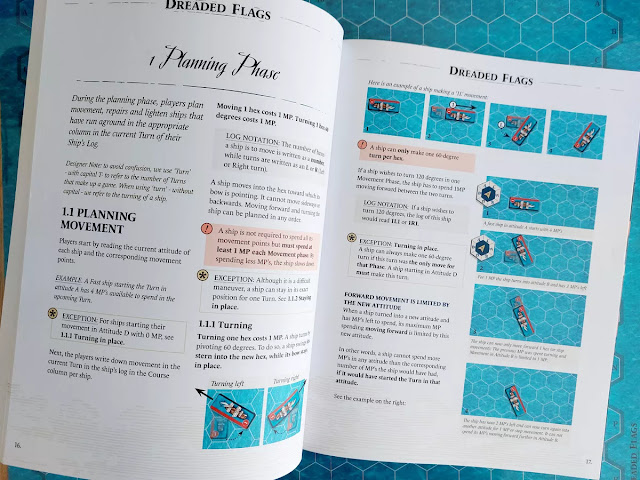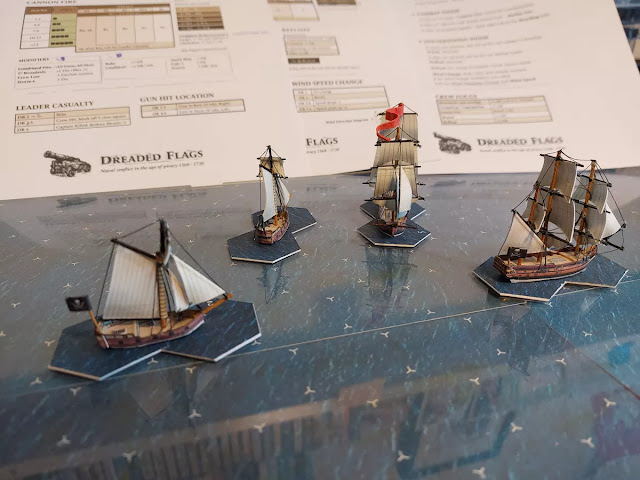Stalingrad: Advance to the Volga
Solitaire Area Movement Series: Volume 1
by
Revolution Games & Take Aim Designs
Stalingrad has almost as many games about it as Gettysburg or Waterloo. However, the actually tooth and nail fight for the city itself is not as represented in wargames as the campaign is. It has been compared with the Battle of Verdun in the First World War. The city itself was almost completed destroyed during the back and forth fighting during the end of 1942 and the beginning of 1943. The battle is often called the turning point of World War II. It certainly was a turning point on the fighting on the Eastern Front.
This game has two scenarios, one between September 13th and September 30, 1942 for nine turns. There is also a smaller five turn scenario from October 14th until October 31st. It is a solitaire game where the player takes on the role of the Germans. It is an area movement game for those of us who love hexes. You as the German have only a few turns to win the battle. If during that time the Germans control every area on the map you win an Automatic Victory. If, however, the German Morale Track reaches '0' at any time the Soviets get an Automatic Victory. If the game runs all the way to the end of turn nine without either of the above, then these are the Victory Conditions:
"If Automatic Victory has not been achieved by the start of the End
Phase of Turn 9, the game’s final turn, the German player wins an
Operational Victory if they control at least one Heavy Urban Area
and the “German Controlled” markers on the Record Track are 40
or greater. Design Note: this is the roughly historical result. If
they fail to do so, the Soviet side is the victor and the player has
lost the game."
This is what the designers have to say about the game:
"STALINGRAD: ADVANCE TO THE VOLGA, 1942 is a solitaire game simulating the campaign by the German Sixth Army to capture the Soviet city of Stalingrad between September 13 and September 30, 1942. The player commands the attacking German forces and the game rules handle the defending Soviet forces. In reading these rules, if any capitalized term or abbreviation confuses you, refer to the index and glossary at the end of this rulebook. The numerical references found therein and throughout these rules should be ignored during first reading and used only later to refer to related sections for greater clarity."
As you can see, the rules come with both an index and a glossary. It also has a History and Suggested Reading section.
This is what comes with the game:
17 x 22 inch MOUNTED Map
One sheet of 5/8" die-cut counters
One player aid card
16 page rulebook
Eight six-sided dice (4 red and 4 black)
Game Box
This is the Sequence of Play:
1. Dawn Phase
Reinforcement
Withdrawal
2. Random Event Phase
Roll 3d6 and consult the Random Event Chart.
3. Supply Phase
Roll 4d6 for German Supply
Consult Supply Cost Table
4. Combat Phase
Bloody Streets
German Movement/Attacks
5. End Phase
Automatic Victory Check
Flip all spent units to their fresh side.
Reduce German Morale by -1
As with all of the Revolution Games that I have played this game's motto is 'you get more with less'. This does not mean that they cut corners on their components. As a matter of fact, it is quite the opposite.
The game map is smaller than a lot of games. However, it still manages to have all of the needed features and adds a lot of immersion to the game. I am assuming that it was made from an original German map of the time. Either that or the artist added them all on top of his own map. As I mentioned, it is very immersive with the German language parts on it. All of the historical parts of Stalingrad that we have read about are on it and shown in English. Such as the Grain Elevator and all the rest. The counters are very well done. They have either a NATO symbol or a profile for the tank and panzer grenadier units. At 5/8" the counters are nice and large for a game this size. They are also not cluttered, and the information needed for play is nice and large. The Rulebook is only sixteen pages long. It is in full color and is easy to read and understand. It also has a few pictures and examples of play to boot. The actual rules only take up eight pages. Then comes a page of optional rules. Then there is the setup for the smaller scenario followed by an article on the history and one on game strategy. The back page is a checklist of all the areas on the map for both scenarios. There is one Player Aid that is made of card stock that has all the information you will need to play, and it has the Sequence of Play on it. It also has the setup for the first scenario on it.
There are more and more games that are being released that either can be played solitaire, or like this one built from the ground up for it. This is a very good idea for our hobby. More and more people are finding it hard to get friends, or enemies, to play wargames. So smaller games that can be played by yourself and do not take up much space are really needed in the 21st century. That doesn't mean that monsters are dead; far from it. It is just harder to coordinate getting a group together.
Stalingrad is a game that gives the player so many choices. Besides that, there are so many changes and twists and turns from one game to the next that it never goes stale. The German supply is your currency for all you can do. This alone makes the game a nail-biter. You can make the most grandiose plans and then find out you cannot do half of what you intended. This is even before the random events kick in. I want, and will get, a monster game about the street fighting in Stalingrad. However, even after that purchase, this game will still find a place on my table at times. It is just that good.
Thank you, Revolution Games for allowing me to review this game. The designer of this game is Michael Rinella. I will now have to be on the lookout for more games from him.
Robert
Revolution Games:
































Follow Us